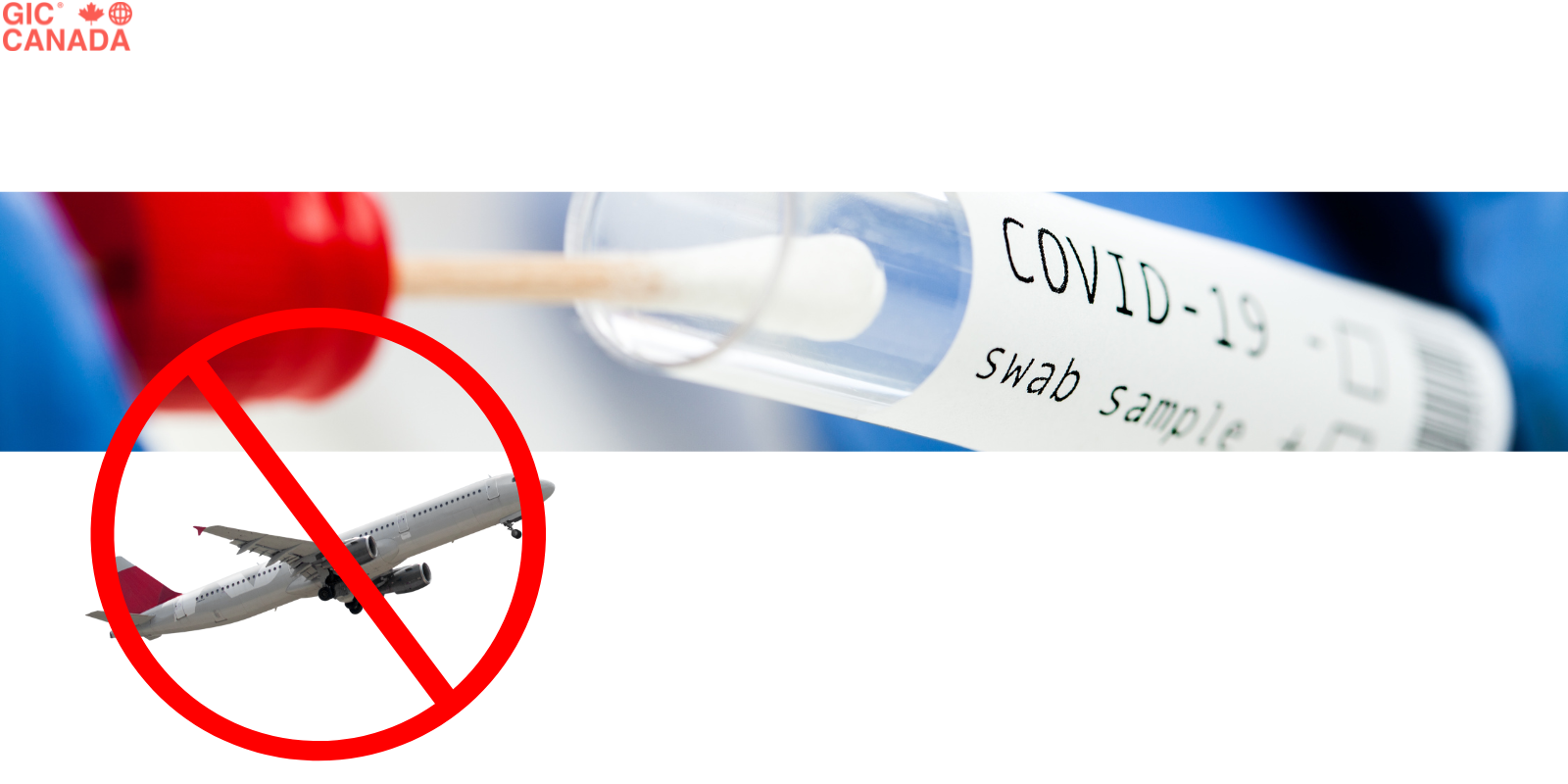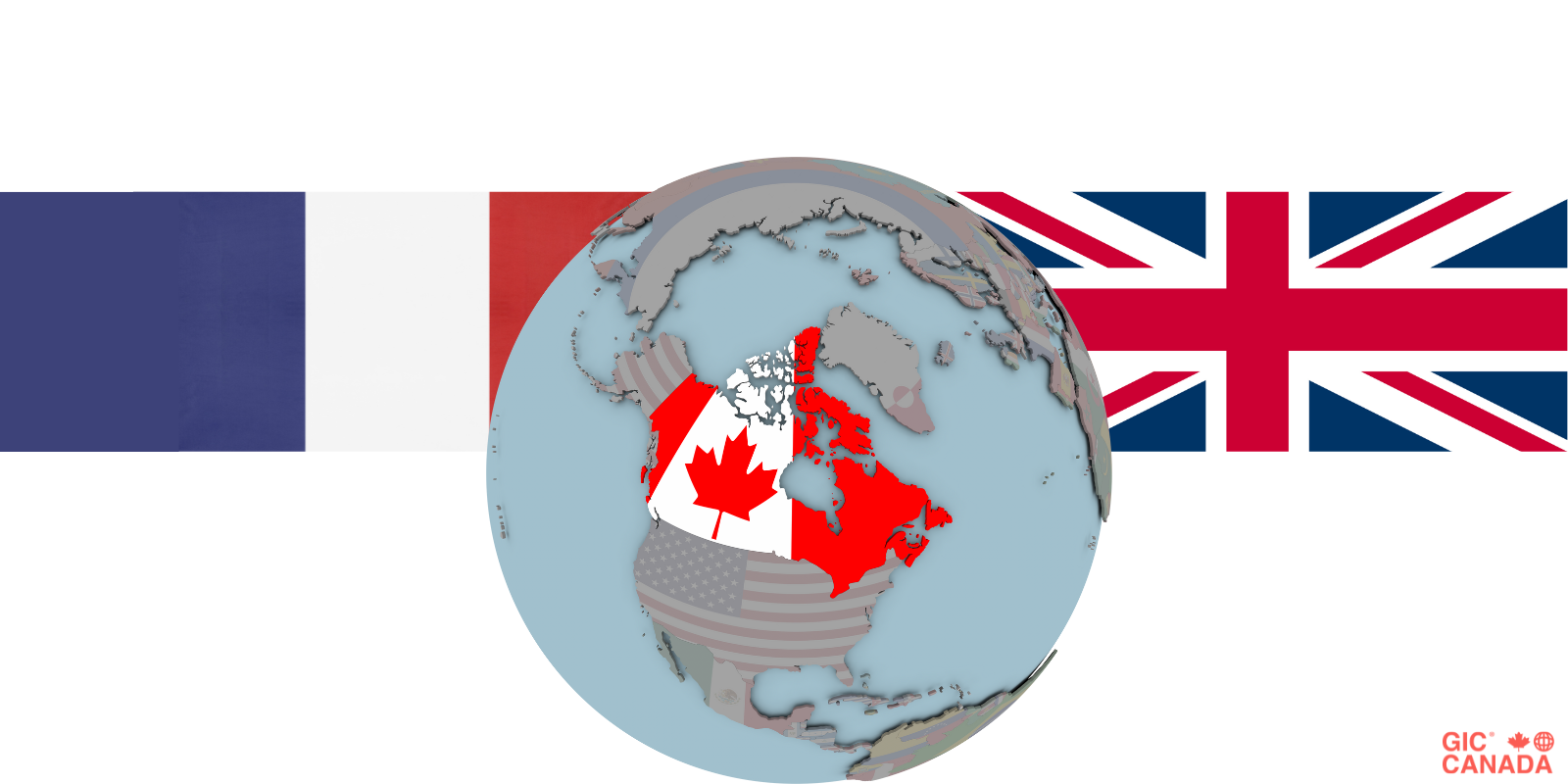It has been six months since Russia launched its February 24 attack on Ukraine, causing loss of life, destruction and international condemnation.
From the start of the invasion, Canada spoke out in support of Ukraine, offering financial, military and humanitarian aid, and the House of Commons unanimously declared what was happening in Ukraine “genocide.”
The federal government joined with other countries in imposing sanctions against an ever-growing list of individuals and entities, promising that retaliatory measures would be taken despite Russia’s opposition.
Prime Minister Justin Trudeau said Monday that while he hopes the war will end “quickly,” Canada “will support Ukraine and the Ukrainian people with whatever it takes for as long as it takes.”
In May, Trudeau made a surprise weekend trip to Ukraine.
During the visit, designed to show Canada’s support for the country, the prime minister reaffirmed the federal government’s commitment to provide military assistance to Ukraine and also imposed another package of sanctions against Russia.
Trudeau went with Chrystia Freeland and Foreign Minister Melanie Jolie. They toured the devastation in the Kiev suburb of Irpen, which had been heavily bombed by the Russians.
The visit followed trips to Ukraine by other world leaders and was seen as a symbol of solidarity and strength.















